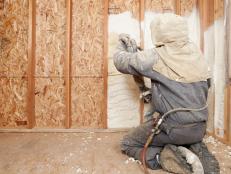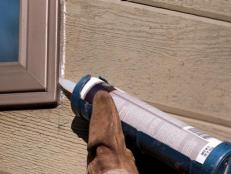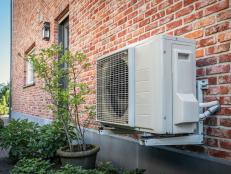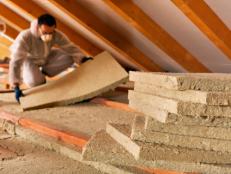How to Stop Interior Drafts

Jupiterimages
In addition to causing higher utility bills, interior drafts can quickly sour a homeowner's attitude. Showers, tubs and fireplaces are all areas of the home especially susceptible to uncomfortable drafts. Trying to resolve a complaint after construction can be costly and difficult.
Installing a thin sheathing behind tubs, showers and fireplace as a draft stopper is the best practice for eliminating drafts; and it will improve the comfort level in these areas of a new home. Installation is relatively inexpensive and easy.
Here's how:
- Sheathing should be installed before fixtures in tubs and shower have been installed.
- Staple or nail the sheets of sheathing to the studs, over the insulated wall.
- Seal all the perimeter joints to the wood framing with caulk.
Builders spend a great deal of time and effort making sure that the shell of the home is well insulated and airtight, but drafts can pass through interior walls just like they can through exterior walls. Human skin is able to detect temperature changes as little as 0.10 degree Fahrenheit; and when combined with air movement, the "wind-chill" effect inside the home can be very noticeable. To compensate for a draft, homeowners will crank up the heat, which burdens them with higher energy bills.
Installing a thin sheathing behind sensitive areas of the home will help keep the homeowner comfortable and reduce energy costs.










































